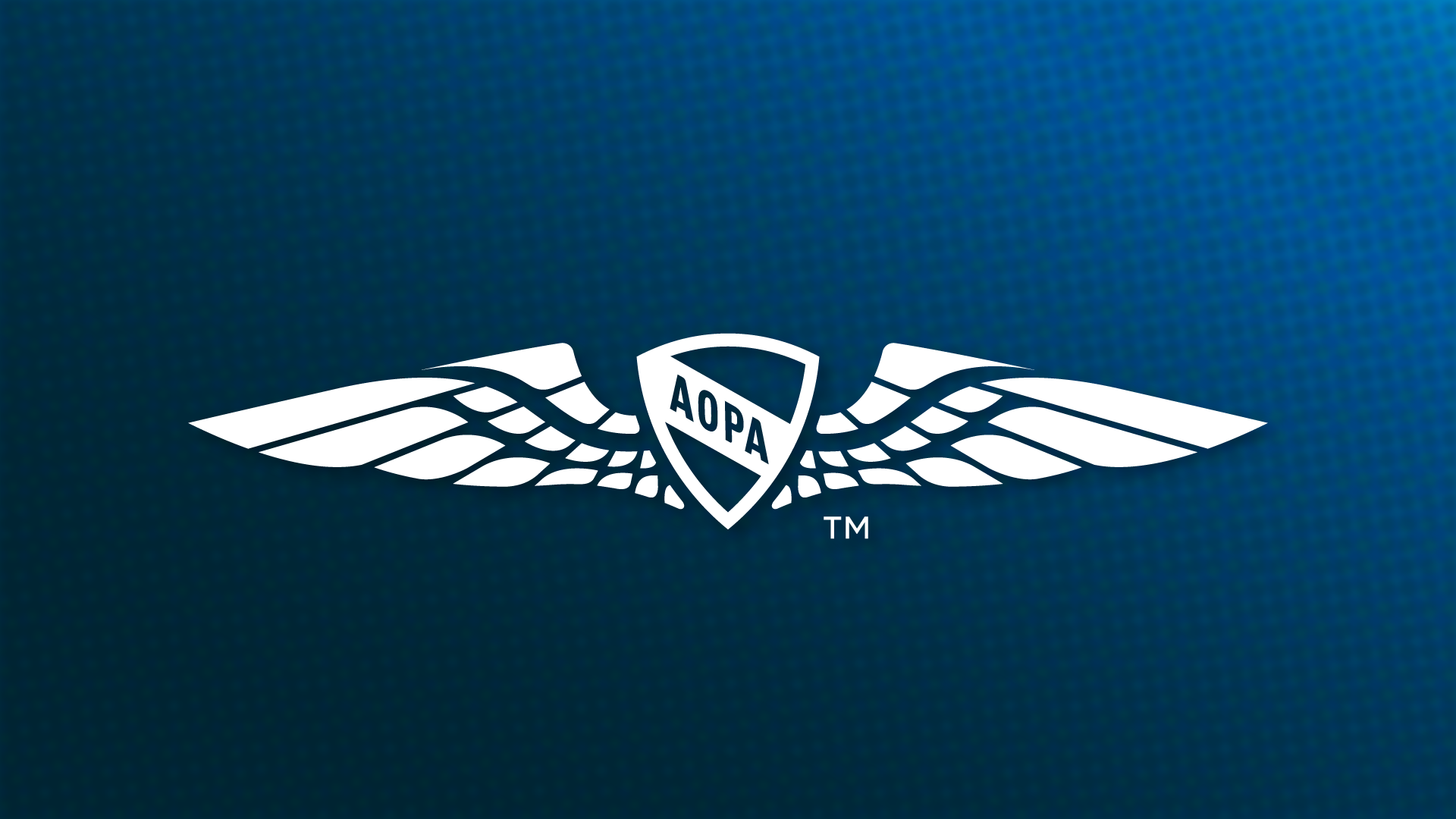The flight to Lancaster was uneventful. I landed and taxied to the runway for an immediate departure. I was feeling great about my new skills. I could find an airport and land at it safely.
Knowing I was on my way home and entering familiar territory, I diverted from my flight plan to have a little fun with the plane. I circled over the local stock car racetrack for a while, watching the races. When I looked inside, the fuel gauges were reading empty. I checked my watch. I had only flown for three hours. How could I possibly be so low on fuel? I had left with enough fuel for a four-hour flight.
My better judgment told me I should land at the closest airport, which was in Winchester, Virginia. I turned in that direction, thinking all the time that I was only six minutes from my home airport. Instead of landing in Winchester, I decided I would turn home. As I flew over Interstate 81, a major highway, the engine began to miss. I knew I was out of fuel and decided to make an emergency landing on the highway.
After trimming the airplane for best-glide speed, I picked out a spot in front of a pack of cars. By now, it was completely dark. I came closer to the highway and started blinking all the lights, trying to attract the attention of the drivers. When I finally felt everybody was going to get out of the way, I looked straight ahead to make my approach and, to my surprise, I was headed right for a bridge. I pulled up sharply to miss the bridge, and when I did the engine restarted, possibly thanks to sloshing fuel.
Since the airplane was flying again, I decided to climb as high as I could and head for home. The tower was closed so I pushed the mic to turn on the runway lights, and the engine quit again. Now I radioed that I would not make the airport. I estimated I'd land 1,000 yards short of Runway 35.
Everything I was taught about emergency landings came into play. Trim the airplane and head for the darkest spot you can find, so I did. At the last minute, I saw two telephone poles and knew there would be wires between them. I pulled back on the yoke, missing the wires. But this time the engine didn't restart.
Down I came, touching down in a swamp. Mud and water came flying back at me. Between the mud and the darkness, I couldn't see a thing.
The airplane stopped, and I wasn't hurt. I was very lucky, but did anybody know where I was? I walked to the nearest road, hitched a ride to a telephone, and called the airport. Everybody - instructors, firefighters, and Civil Air Patrol - was there waiting.
The CAP spent the night guarding the little C-152 where it had come to rest in a swampy field, 50 feet short of a group of trees. When I returned at daylight, I discovered there was no damage. We pulled the plane onto the highway, removed the muddy air filter, added fuel, and taxied to the runway about a half-mile away.
After an investigation by local airport authorities, my instructor and I flew the plane for one hour, discovering that it used a little more than eight gallons of fuel per hour instead of the five gallons that the manual claimed. That explained why I had run out of fuel a lot sooner than I should have.
I went on to pass my checkride and receive my private pilot certificate. I told my examiner about this near-disaster that I had had one month earlier. She told me that the primer tube usually has a little fuel in it, and that little bit of fuel might have gotten me the extra half-mile that I needed to reach to the runway. I'll never know. The one thing I do know after this experience is that it's vital to know your airplane. Know its limitations, and yours, and if your fuel gauges read empty, believe them.
